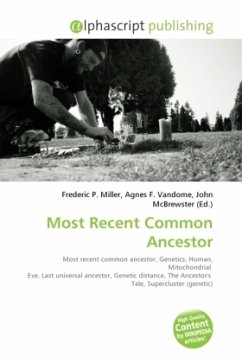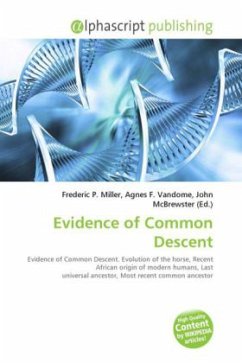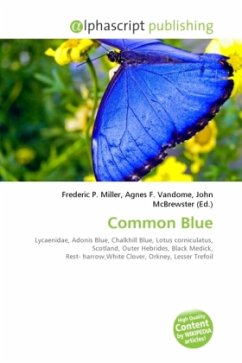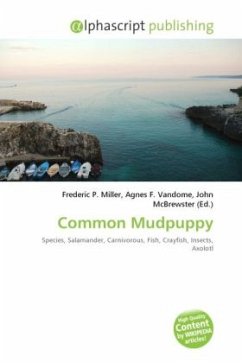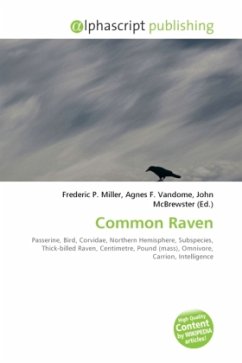In genetics, the most recent common ancestor of any set of organisms is the most recent individual from which all organisms in the group are directly descended. The term is often applied to human genealogy.The MRCA of a set of individuals can sometimes be determined by referring to an established pedigree. However, in general, it is impossible to identify the specific MRCA of a set of individuals, but an estimate of the time at which the MRCA lived can often be given; such estimates can be given based on DNA test results and established mutation rates, or by reference to a non- genetic genealogical model.The term MRCA is usually used to describe a common ancestor of individuals within a species. It can also be used to describe a common ancestor between species. To avoid confusion, last common ancestor or the equivalent term concestor is sometimes used in place of MRCA when discussing ancestry between species.The term MRCA may also be used to identify a common ancestor between a set of organism via specific gene pathways. Mitochondrial Eve and Y-chromosomal Adam are examples of such MRCAs.
Bitte wählen Sie Ihr Anliegen aus.
Rechnungen
Retourenschein anfordern
Bestellstatus
Storno

